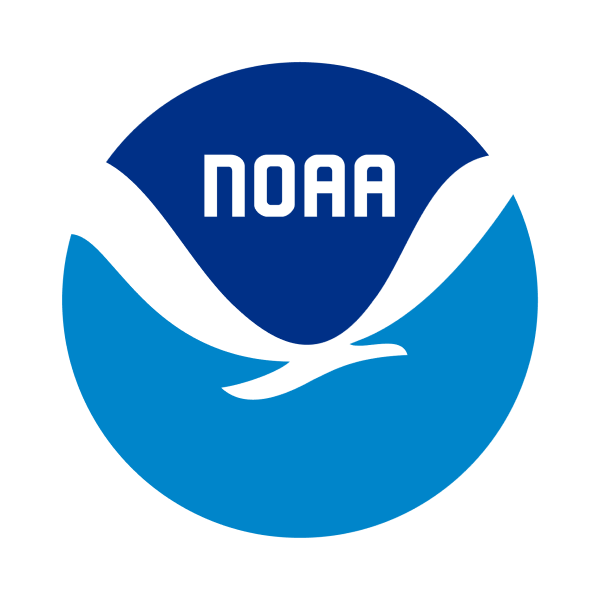Students extract microplastic beads from personal care products, explore ways microplastics get into the ocean, and learn about a researcher who studies microplastics. This activity is available for Grades 6-8, within the "Sources and Transport" unit.
 An official website of the United States government.
An official website of the United States government.
Official websites use .gov
A .gov website belongs to an official government organization in the United States.
Secure websites use HTTPS
A small lock or https:// means you’ve safely connected to a .gov website. Share sensitive information only on official, secure websites.
